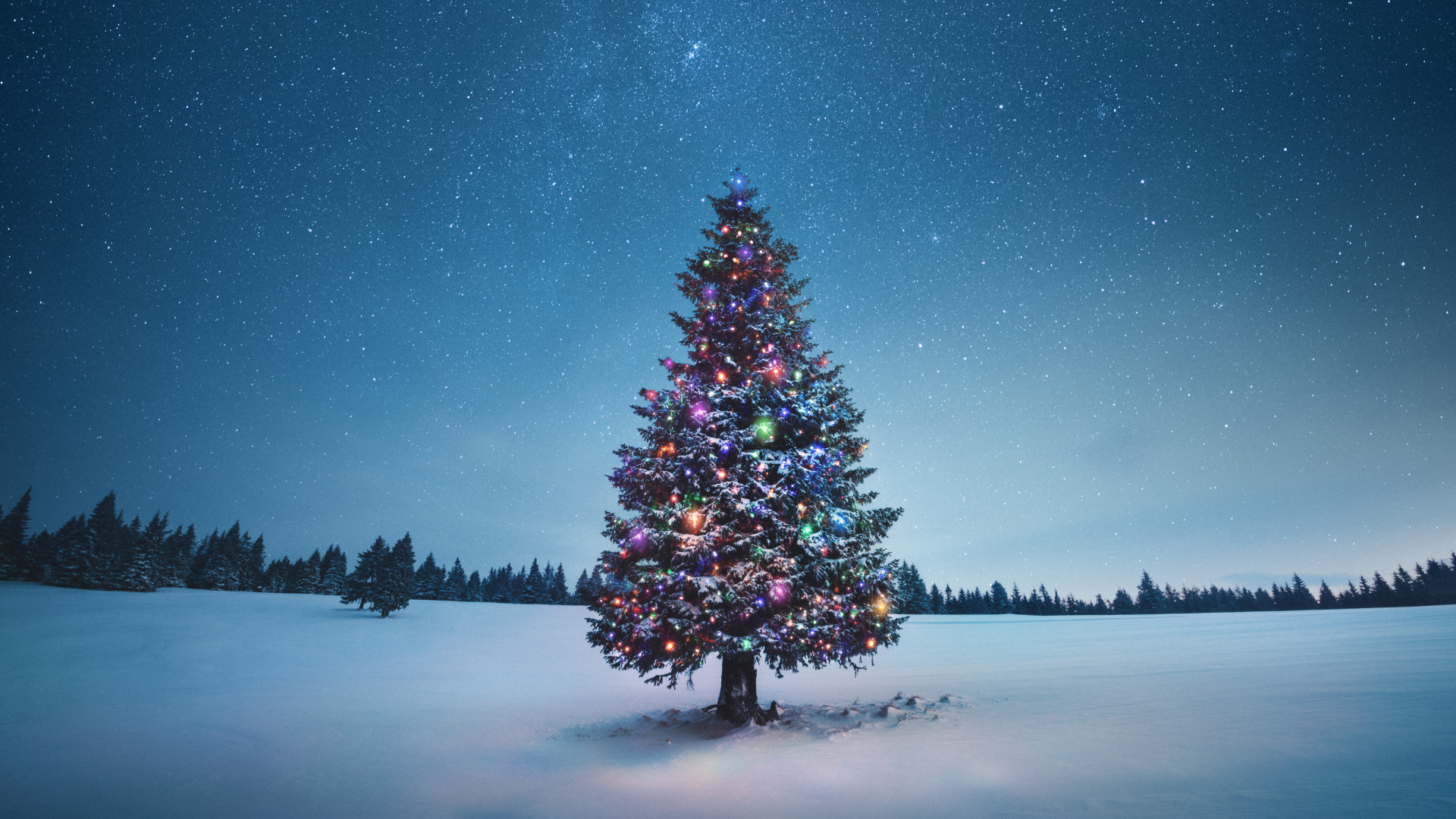August's Full Sturgeon Moon rises tonight, 1st of 2 supermoons this month
The full moon on Aug. 1 is the second of four supermoons in the summer of 2023, with the next, the Full Blue Moon, falling on Aug. 30.

Editor's note: If you missed the Aug. 1 full moon rising don't worry, we have rounded up some of the best photos from around the world in our Sturgeon supermoon photo story.
August is an exciting month for moon lovers, with the summer month opening and closing with a supermoon. The Full Sturgeon Moon rises on Tuesday, Aug. 1, and then the month closes out with the Full Blue Moon on Aug. 30.
Not only are both of these full moons supermoons, but they represent the midpoints in a chain of four such lunar events that began with the Full Buck Moon on July 3.
From New York City, the Sturgeon supermoon will rise around 9:30 p.m. EDT (0130 GMT on Aug. 2), and it sets at 5:11 a.m. EDT (0911 GMT) on Wednesday, Aug. 2, according to In the Sky. You can watch the full moon rising here on Space.com with this free livestream from The Virtual Telescope Project based outside of Rome, Italy.
Related: August full moon guide 2023: The Full Sturgeon Moon makes a close pass to Saturn

Looking for a telescope to see the moon up close? We recommend the Celestron Astro Fi 102 as the top pick in our best beginner's telescope guide.
Following the Sturgeon full moon, the illuminated lunar face will recede with the moon being described as "waning." The waning moon will also rise and set an hour later each day. This leads to the next new moon on Wednesday, Aug. 16, 2023.
During the new moon, which marks the start of a new 29.5-day lunar cycle, the moon will be completely dark, and it will rise and set at around 6 a.m. and 6 p.m., respectively. This means during the new moon, the moon is completely absent from the night sky.
Breaking space news, the latest updates on rocket launches, skywatching events and more!
Following the new moon, the illuminated side of the moon will once again begin to turn toward Earth, with this causing the lit lunar face to progressively brighten. Astronomers call this progression "waxing."
This will lead to the next supermoon, the Aug. 30 Full Blue Moon, which from New York City will rise at 7:10 p.m. EDT (2310 GMT) and will set at 6:46 a.m. EDT (1146 GMT) on Aug. 31.
But what warrants these August full moons the title "supermoon," and what makes these full moons different from "regular" full moons?
So-called supermoons occur because the orbit of the moon around the Earth is not a perfect circle but is instead a flattened circle or an ellipse. This means that during its 27.3-day orbit, there are points at which the moon is closer to the Earth and points at which it is further away. The visible size difference of the moon between the closest point, perigee, and the furthest, apogee, is about 14%.
A supermoon happens when the moon is both in the full moon phase of its 29.5-day lunar cycle and when it is around its perigee. This means the official term for a supermoon is a "perigean full moon." For a supermoon to occur, the moon doesn't have to be exactly its closest to Earth, however.
Eclipse expert and retired NASA astrophysicist Fred Espanak told Space.com that during the Full Sturgeon Moon, the moon will be 222,158 miles (357,530 km) from Earth. This is opposed to its average distance of around 238,000 miles (382,900 km) away. The perigee of the moon happens on Aug. 2 at 01:52 EDT (0552 GMT) as the Sturgeon moon is in full swing.
During the Aug. 30 Blue full moon, the moon will be around 222,043 miles (357,343 km) from Earth, according to Almanac. This will make this supermoon the closest and brightest of 2023, but exactly how much of a difference does this make to our view of the moon?
Supermoons can result in around a 30% brightening of the moon and a 14% increase in the size of the lunar disk as seen from Earth. These differences are visible to moon-watchers with a lot of experience observing lunar events but aren’t that noticeable with the unaided eye if you don't pay a lot of attention to the moon nightly.
The "summer of supermoons" ends on Sept. 28 with the Full Corn Moon, which falls five days after the September equinox on Sept. 23, which marks the end of summertime in the northern hemisphere. Next year won't see a similar supermoon spectacular, unfortunately. The first of just two supermoons in 2024 occurs on Sept. 18, with the next and final supermoon of next year happening a month later on Oct. 18, 2024.
If you are hoping to catch a look at any of the three upcoming supermoons starting with the Sturgeon Moon, our guides to the best telescopes and binoculars are a great place to start.
If you're looking to snap photos of the moon and the night sky in general, check out our guide on how to photograph the moon, as well as our best cameras for astrophotography and best lenses for astrophotography.
Editor's Note: If you snap an image of the Full Sturgeon Moon and would like to share it with Space.com's readers, send your photo(s), comments, and your name and location to spacephotos@space.com.

Robert Lea is a science journalist in the U.K. whose articles have been published in Physics World, New Scientist, Astronomy Magazine, All About Space, Newsweek and ZME Science. He also writes about science communication for Elsevier and the European Journal of Physics. Rob holds a bachelor of science degree in physics and astronomy from the U.K.’s Open University. Follow him on Twitter @sciencef1rst.
